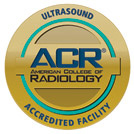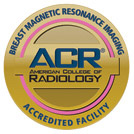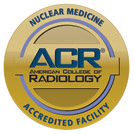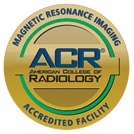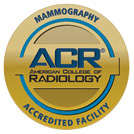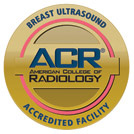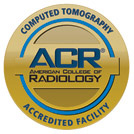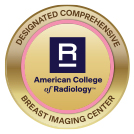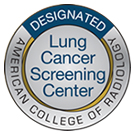Vascular ultrasound is a non-invasive imaging procedure used to observe blood flow through the body’s extremities. Doctors may request this procedure to check for blood clots, the development of peripheral artery disease, to evaluate candidates for angioplasty and monitor blood vessel health after bypass surgery.
Procedures involve traditional ultrasound, which sends and receives soundwaves to generate an image of the body’s structures, and Doppler ultrasound, a technique used to examine blood flow.
What Is a Vascular Ultrasound?
Free of ionizing radiation, vascular ultrasound helps study the flow of blood through the vessels passing through the arms, legs, neck and to organs. High-frequency soundwaves emitted by a transducer get a sense of the body’s soft tissue structure to create an image.
Ultrasound uses a technology similar to sonar deployed by boats and ships. The inaudible soundwaves bounce back once they hit an object and get recorded by the transducer. This data is then transmitted to a computer, which turns these echoes into images highlighting various densities.
Unlike X-rays, the images showcase real-time motion through multiple frames, like blood flow, in addition to the body’s soft tissue structures. A short video may also be recorded.
Factors affecting the image include loudness, pitch, direction and travel time of the returning soundwaves, and the density of the body’s tissues. Results highlight tissues of varying sizes, shapes and densities, including if an object is solid or fluid-filled, as well as growths and movements.
To start the procedure, a technologist applies gel to the area being observed to improve acoustic contact between the transducer and the patient’s skin. Doppler ultrasound can provide a more detailed view of how blood flows through arteries and veins. This process records the direction and speed of blood cells as they pass through the body’s vessels, noting their movement through pitch.
Similar to a standard ultrasound, a computer collects data on these sounds to generate a color-coded image illustrating cell movement.
Uses for a Vascular Ultrasound
Doctors typically request a vascular ultrasound to thoroughly observe the body’s circulatory system in the following contexts:
- Examine blood flow through vessels or organs
- Identify potential blockages, including plaques, emboli, stenosis, clots, tumors or a blood vessel abnormality
- Observe varicose veins and potential complications
- Check for the development of deep vein thrombosis
- Examine if a blood vessel contains an aneurysm
- Determine if a patient is a candidate for angioplasty
- Assess the results of bypass or a graft involving the blood vessels
- See if blood vessels have expanded or narrowed
- Observe the cause of reduced or increased blood flow
- Monitor the success of an organ transplant
A vascular ultrasound is frequently part of the diagnostic process for:
- Blood clots and deep vein thrombosis
- Carotid artery disease
- Atherosclerosis
- Varicose veins and chronic venous insufficiency
- Extracranial carotid artery aneurysms
- Peripheral artery disease
- Vascular disease
- Pain around the thighs and hips
- Leg ulcers
- Muscle atrophy
What to Expect During a Vascular Ultrasound
Preparation is minimal; you may need to fast and should arrive in loose-fitting clothing without jewelry. You may be asked to change into a hospital gown.
As the procedure begins, you will lie down on an examination table and the technologist conducting the ultrasound will apply a water-based gel to your skin to improve contact with the transducer. The technologist then goes over all arteries, veins and organs being observed. You may be asked to change positions to capture all structures. While the procedure is generally painless, patients may feel minor discomfort or a small amount of pressure from the transducer.
For both standard and Doppler ultrasounds, you may hear a pulse-like tone. These sounds reflect the flow of blood as it fluctuates in pitch.
Once all images have been taken, the gel will be wiped off and you can resume normal daily activities. Your doctor will review the images and schedule a follow-up appointment to share the results with you.
Has your doctor recommended a vascular ultrasound? Contact Midstate Radiology Associates to make an appointment.





